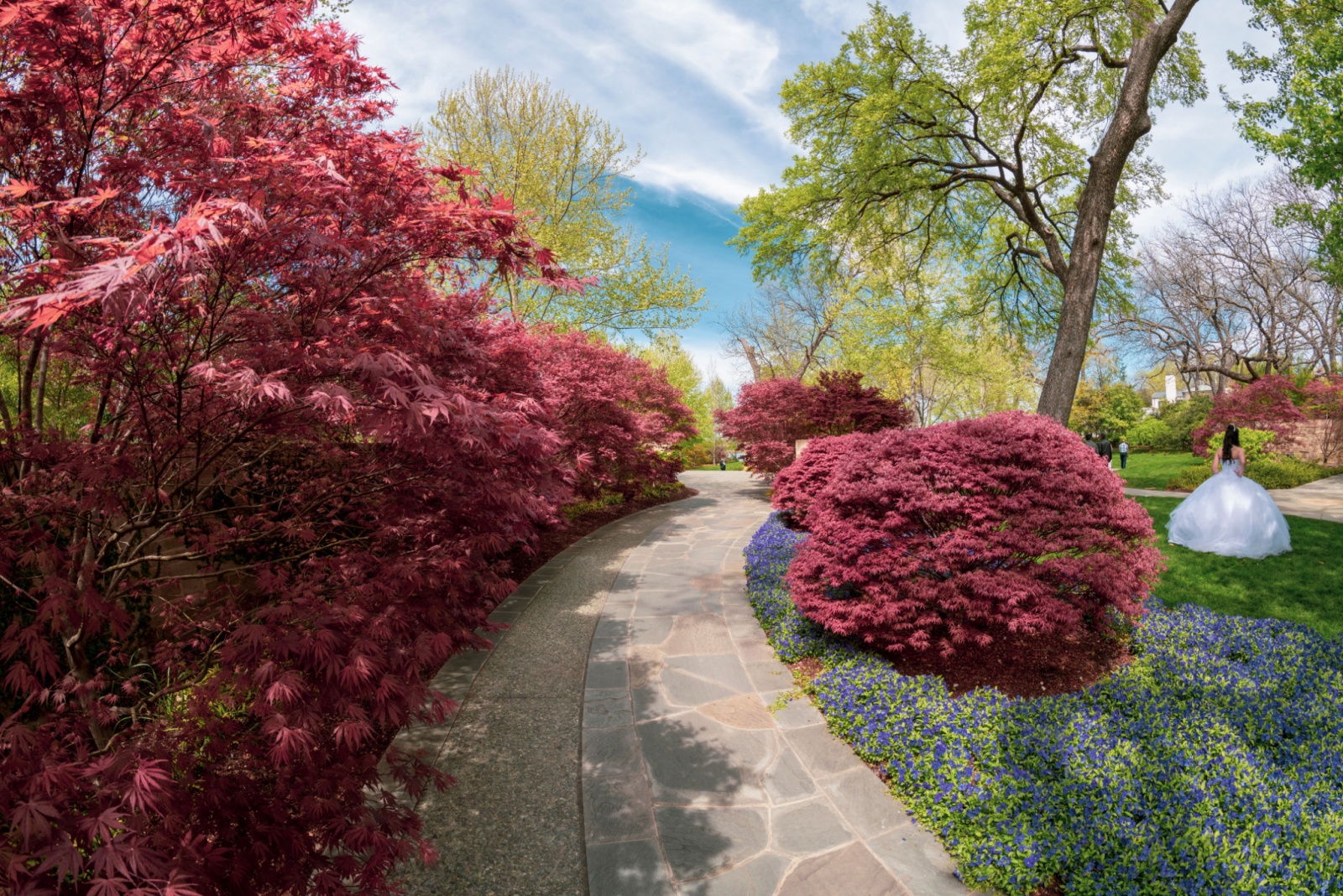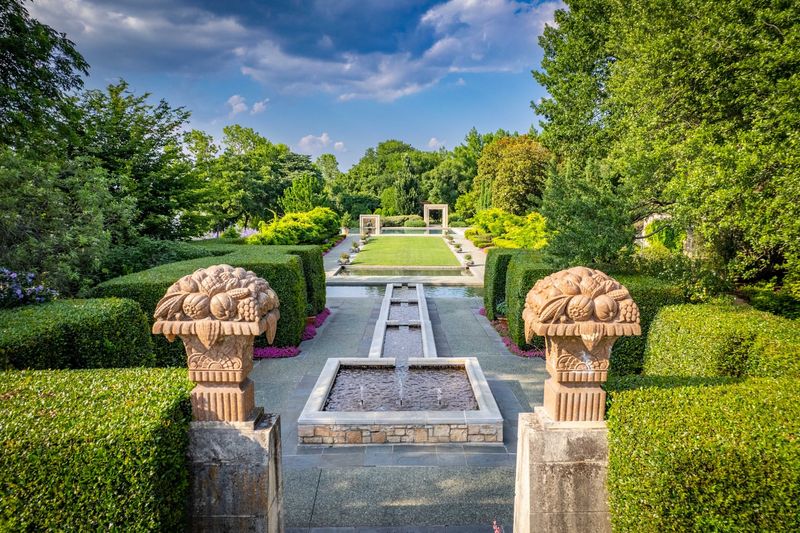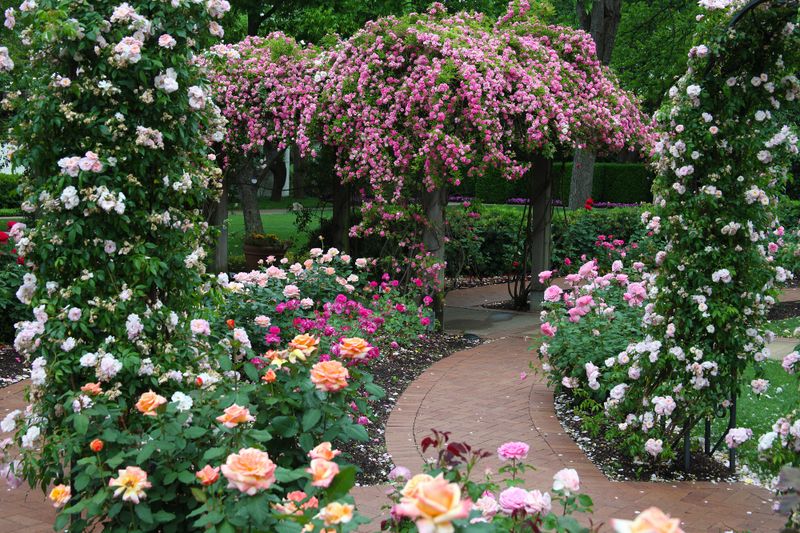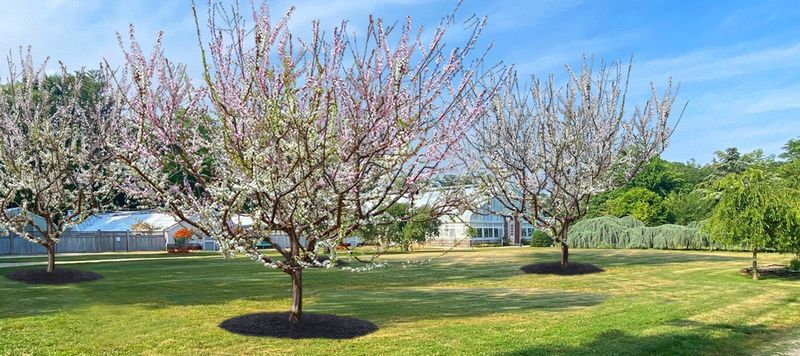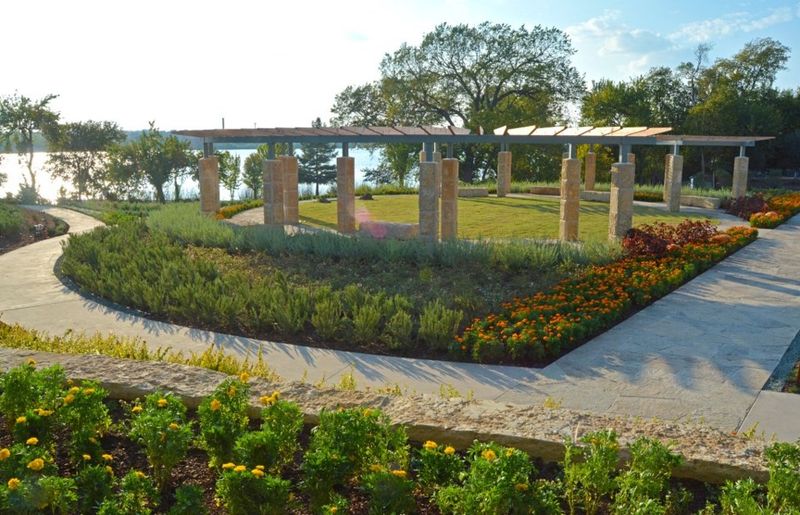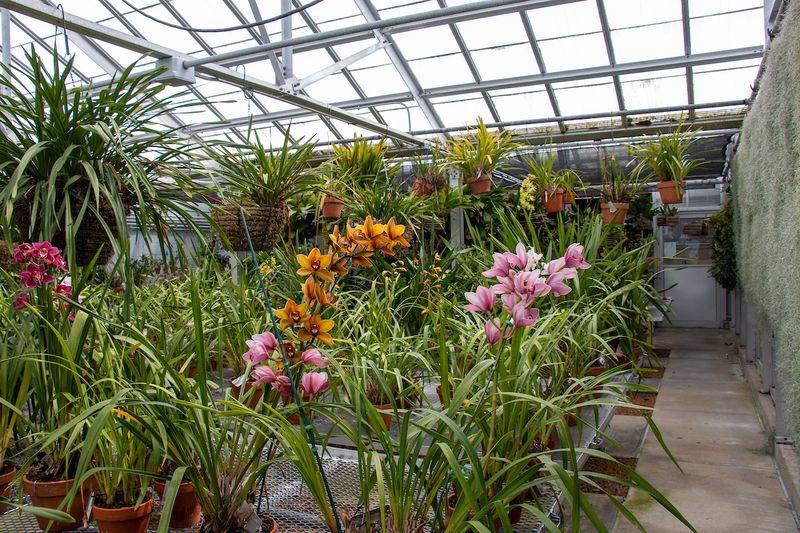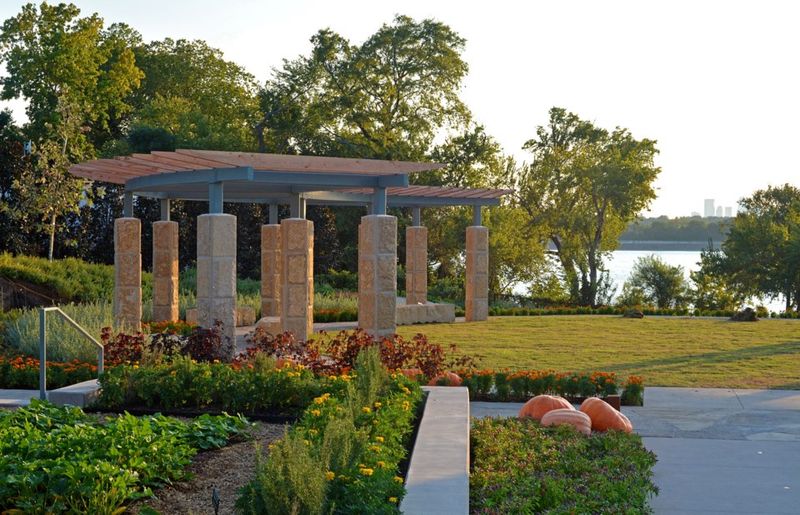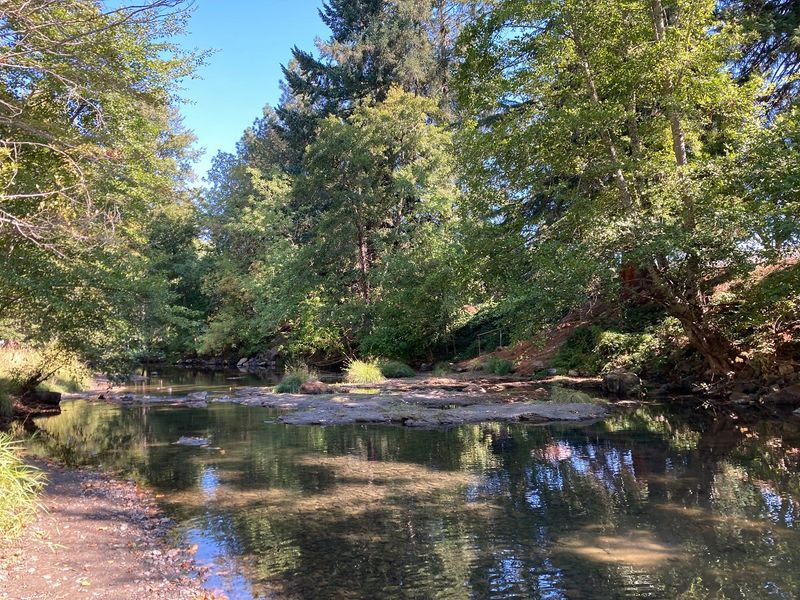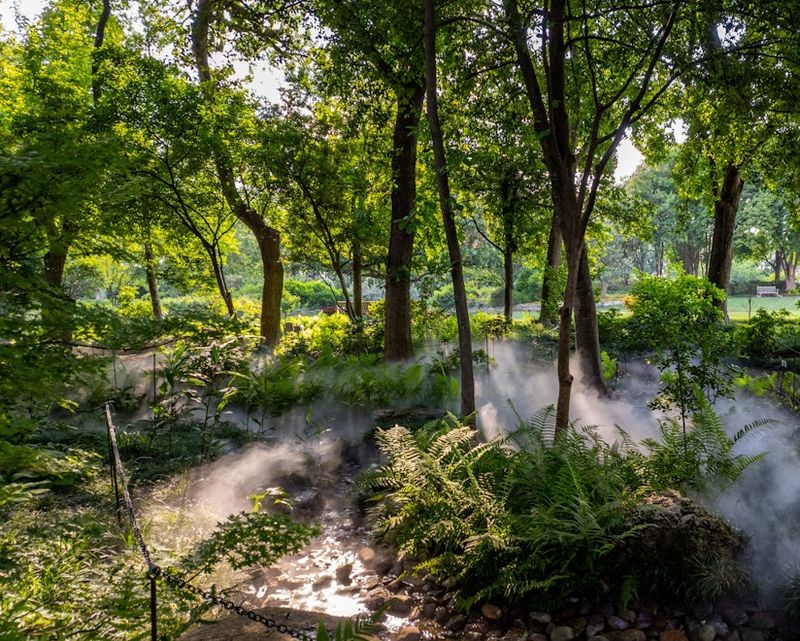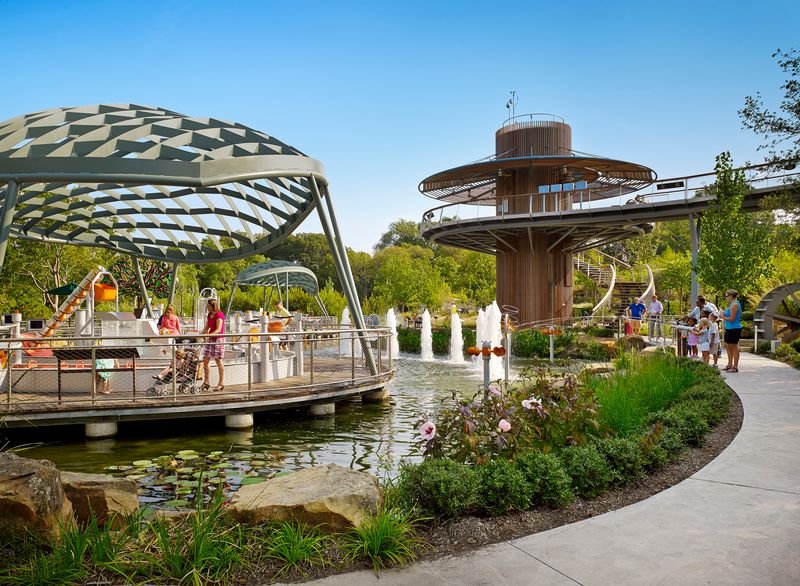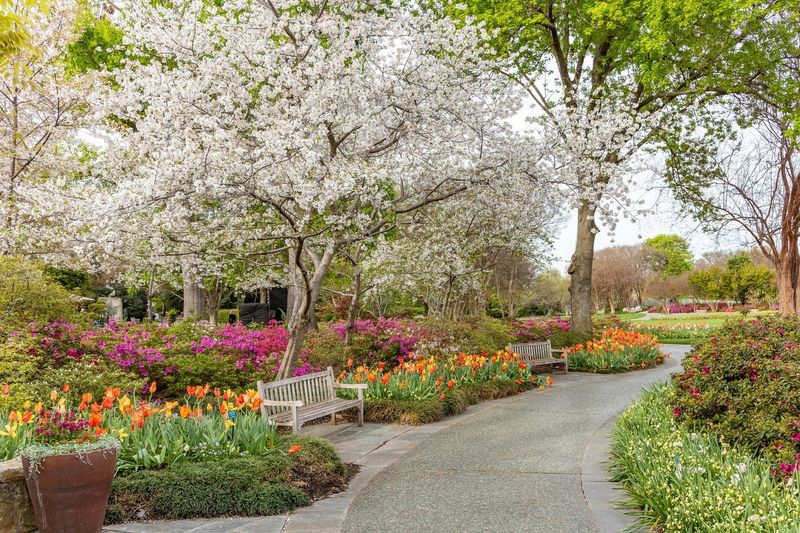The Dallas Arboretum recently completed a major expansion of its historic mansion estate area, adding new gardens and features for visitors to enjoy. This expansion represents the largest growth project at the Arboretum in over a decade, focusing on preserving the estate’s history while enhancing the botanical collections.
When I first visited the Arboretum last month, I noticed how seamlessly the new areas connect with the existing gardens. The project, which took three years to complete, includes both restored historical elements and modern garden designs that showcase Texas native plants.
The expanded estate now offers more educational opportunities, event spaces, and specialized garden areas that will serve the Dallas community year-round. Here’s a closer look at what visitors can expect to see.
1. Renovated Formal Gardens Around The Mansion
Historical blueprints guided the restoration of the original garden layouts from the 1930s. Teams of horticulturists spent months researching period-appropriate plants and design elements to ensure authenticity.
The symmetrical patterns and geometric hedges now frame the mansion perfectly, creating photo opportunities that weren’t possible before. Seasonal color rotations ensure the gardens remain vibrant throughout the year.
Stone pathways were reconstructed using reclaimed materials from the original estate, maintaining historical accuracy while improving accessibility for all visitors to the Dallas Arboretum.
2. Expanded Rose Displays For Seasonal Visitors
Over 500 new rose varieties now bloom in the expanded collection, making it one of the largest public rose displays in North Texas. Antique varieties dating back to the 18th century grow alongside modern disease-resistant cultivars developed specifically for the Texas climate.
A new pergola walkway stretches 120 feet through the center of the rose garden, providing shade and support for climbing varieties. Visitors can now experience roses from spring through fall thanks to careful variety selection.
Specialized irrigation systems were installed beneath the beds to maximize water efficiency while maintaining optimal growing conditions throughout the hot Texas summers.
3. Rare Tree Plantings Along The Estate Walks
Arborists sourced over 75 specimen trees from specialized nurseries across the country to create a diverse canopy. Many selections represent rare or endangered species that visitors would otherwise never encounter in Texas.
Walking paths now wind through groves of these botanical treasures, with informational plaques explaining each tree’s origin and significance. The placement was carefully planned to create natural shade patterns as the trees mature over the coming decades.
Several trees were propagated from historic specimens at other famous gardens, creating a living connection to America’s horticultural heritage right here in Dallas.
4. Herb And Edible Garden Additions
Raised beds constructed from locally-quarried limestone now showcase culinary herbs and edible plants used throughout Texas history. The design incorporates both European kitchen garden traditions and Native American plant uses that shaped regional cuisine.
Cooking demonstrations take place weekly in the new outdoor kitchen pavilion adjacent to the beds. Chefs from local restaurants partner with the Arboretum to highlight seasonal harvests and traditional recipes.
School groups can participate in hands-on planting and harvesting activities, connecting children to food sources through direct experience with growing plants.
5. Restored Greenhouses For Propagation
Original glass panels from the 1940s were carefully removed, cleaned, and reinstalled in the framework of the estate’s propagation houses. Where replacement was necessary, artisans created custom reproductions to match the historical materials.
Visitors can now observe propagation techniques through viewing windows along one greenhouse wall. Staff horticulturists work inside, preparing plants that will eventually make their way into the garden displays.
A collection of rare tropical specimens occupies one greenhouse section, providing educational opportunities about plant conservation and global biodiversity even during winter months.
6. Outdoor Event Lawns And Garden Views
Landscape architects designed the new event lawn to accommodate up to 500 guests while preserving sightlines to the mansion and gardens. The space transitions seamlessly between wedding ceremonies, corporate gatherings, and public events throughout the year.
Special attention was given to the acoustics of the space, with strategic plantings that help absorb sound and create a natural amphitheater effect. Evening events benefit from subtle landscape lighting that highlights architectural features and specimen plants.
A new stone terrace provides elevated views across the lawn and gardens, creating perfect vantage points for photography and quiet contemplation of the Dallas Arboretum landscape.
7. Expanded Water Features And Plant Reflections
A series of connected reflecting pools now follows the natural topography down the eastern slope of the estate. Engineers designed the system to recirculate water through natural filtration gardens, eliminating the need for chemicals while supporting aquatic plants.
Marginal water plants from around the world line the pools, demonstrating different adaptation strategies to semi-aquatic environments. The still water surfaces create mirror images of the surrounding gardens and architecture.
Small waterfalls connect the different levels, providing gentle background sounds that mask urban noise and enhance the sense of tranquility throughout this section of the Dallas Arboretum.
8. Shade Plantings For Summer Comfort
A previously underutilized woodland area has been transformed with collections of shade-loving perennials that thrive during hot Texas summers. Hostas, ferns, and native woodland wildflowers create textural interest beneath the existing mature oak canopy.
New cooling stations blend into the landscape using natural materials and plantings for camouflage. These areas provide welcome relief for visitors during the hottest months while maintaining the garden aesthetic.
Seating areas tucked into the shade gardens offer quiet retreats away from more heavily trafficked sections of the Dallas Arboretum, perfect for reading or peaceful contemplation.
9. Educational Garden Areas For Families
Interactive stations throughout the children’s garden area teach basic botany concepts through hands-on activities. Large models demonstrate plant processes like photosynthesis and pollination at a scale children can understand and explore.
A maze constructed from native Texas shrubs challenges young visitors while introducing them to indigenous plants. Identification games encourage observation skills as children learn to recognize different leaf shapes and plant features.
Weekend workshops in these spaces bring families together for planting projects they can continue at home. Many participants return to the Dallas Arboretum throughout the growing season to compare their home gardens with the demonstration areas.
10. Future Growth Plans For The Arboretum
Construction has already begun on the next phase, which will add specialized collections focusing on plant conservation. Research partnerships with regional universities will study climate adaptation strategies for traditional garden plants.
A seed bank facility, scheduled to open next year, will preserve genetic diversity of Texas native plants threatened by development and climate change. This scientific resource will support restoration projects throughout the state.
Community input shaped many aspects of the expansion plans through public forums and member surveys. The Dallas Arboretum continues to evolve based on visitor needs while maintaining its core mission of botanical education and display.

